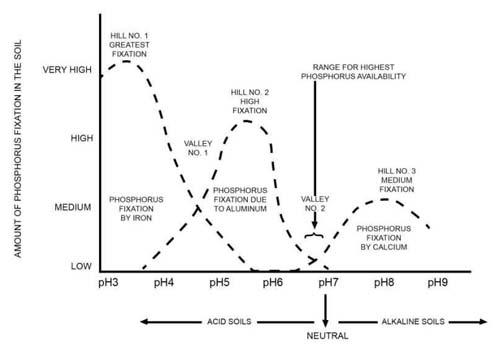 |
| (Knowledge Library, Nature.com) |
For your field report, you will become very family with human life tables and
survivorship curves. Here are a few websites to help you along the way:
- Intro. to Life Tables & Fecundity
- Life tables (Nature.com)
- Survivorship
- General Population Ecology website
A Few Tips for Field Report 2 - DUE in lecture, March 29, 2012
 |
| (Oakwood C., Syracuse, NY) |
Carefully read the directions (p. 11)
You will need to collect data on 100 individuals.
~25 females (died <1950); ~25 males (died <1950)
~25 females (died >1950); ~25 males (died >1950)
Note: Some cemeteries have specially, designated
areas where young children are buried.
Part 1 makes up the majority of the 35 points.
Points are about equally spread among the four sub-questions.
Review the field report 2 sample data sheet on Sakai.
Be sure to note the name, city, and state (and country, if applicable) of the cemetery from which you collected data.
Although some of the questions may be posed as "yes" or "no", you are expected to concisely support your answer given the data. That is, if a question asks about trends in your data, include results (e.g., averages) to support your claims.
Graphing - Dr. Lockwood showed examples of survivorship graphs in her first lecture. I strongly prefer that my student make their survivorship graph in Microsoft Excel or other statistical software. Yes, graphing in Excel may be frustrating, but it is better to familiarize yourself with Excel now, as a student, than later as an employee.
 | ||
| (Note: I think the Y-axis should be labeled.) |
- Once you are familiar with Excel and making charts, please be sure your chart includes all of the necessary elements (labels).
- Still having trouble? This YouTube video shows how to create a survivorship curve. (Note: this link is helpful for the process of creating the graph)
- Review characteristics of meaningful, efficient, and unambiguous graphic displays (e.g., figure right).
- Need a statistics refresher? Try these links: Stats Overview & Using descriptive stats (including variance).
- ...If you still cannot figure out Excel and you want to do your graph by hand, you must use graphing paper.
Field report formatting requirements for Laura's sections:
1-3 pages, including graphs/tables*
Reports more than 3 pages will not be read/graded!
*Laura's students need not submit any data tables.
If you wish to include a small summary table (e.g., averages) that is okay.
Double spaced
12 pt Times New Roman or Arial font
1-inch margins
Print double sided (preferred)
Stapled
Document header: student name and section #
Document footer: page #
Citations, if needed, do not count toward your page limit.
Last but not least: Citations, if needed, do not count toward your page limit.
If you do include a bibliography, please follow the Chicago Author-Date Style.
Use spell check and have someone proofread your field report!
Yes, you will lose points for poor writing.
Don't want to make your friends/family suffer through your field report?
Take advantage of Rutgers' Writing Center!
The below excerpt is from an article by Dustin Wax, entitled "The Value of Writing Well".
"Writing well is not a gift reserved for the few but a set of skills that can be learned by anyone. The technical aspects can be learned in any of several ways: by taking a class, by studying books on writing, by working with a partner or a group and acting on their feedback. But while grammar and structure are an important part of writing, to write well also demands some effort to develop style. Style is what keeps people reading past the first sentence..."












